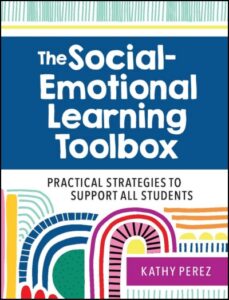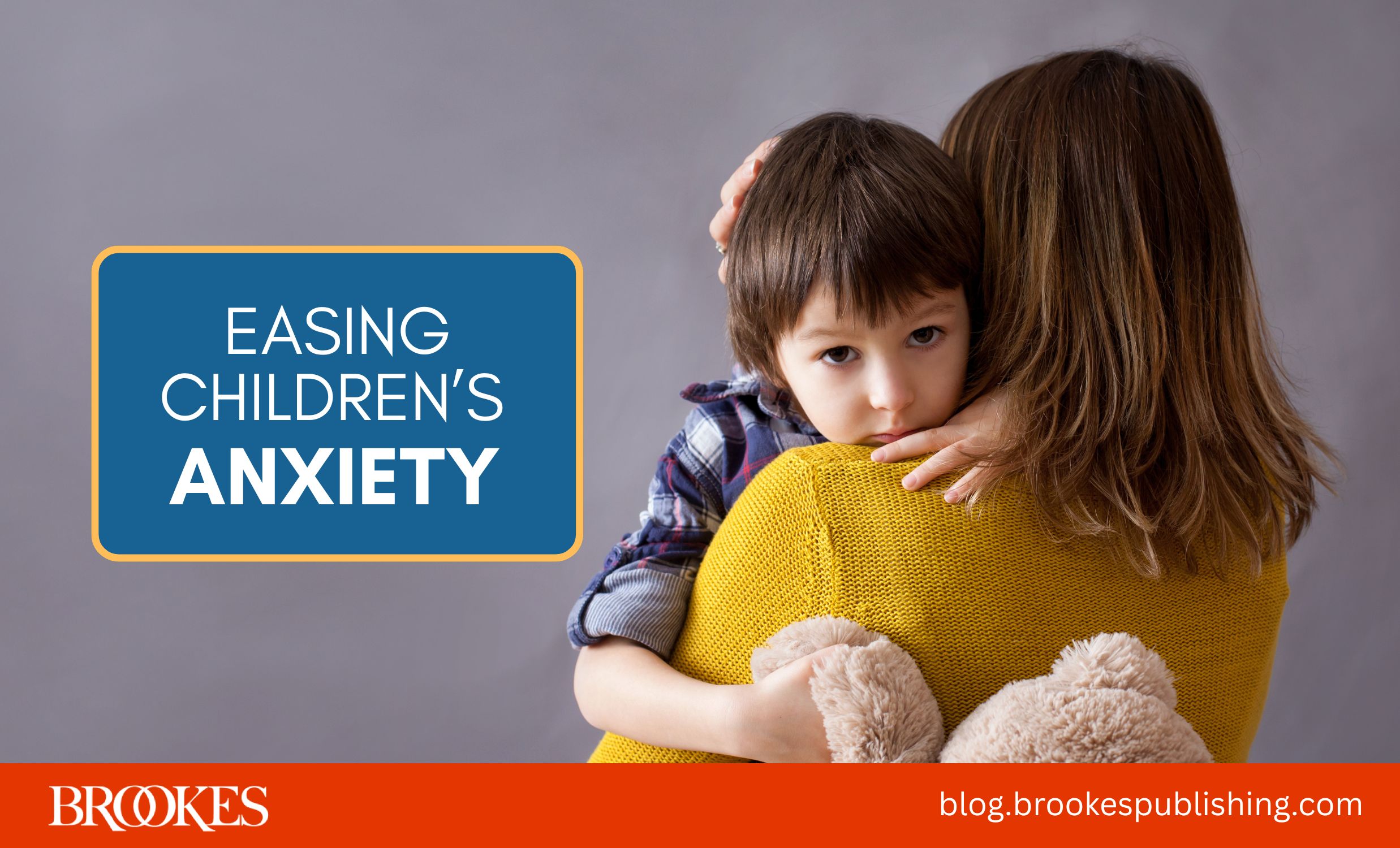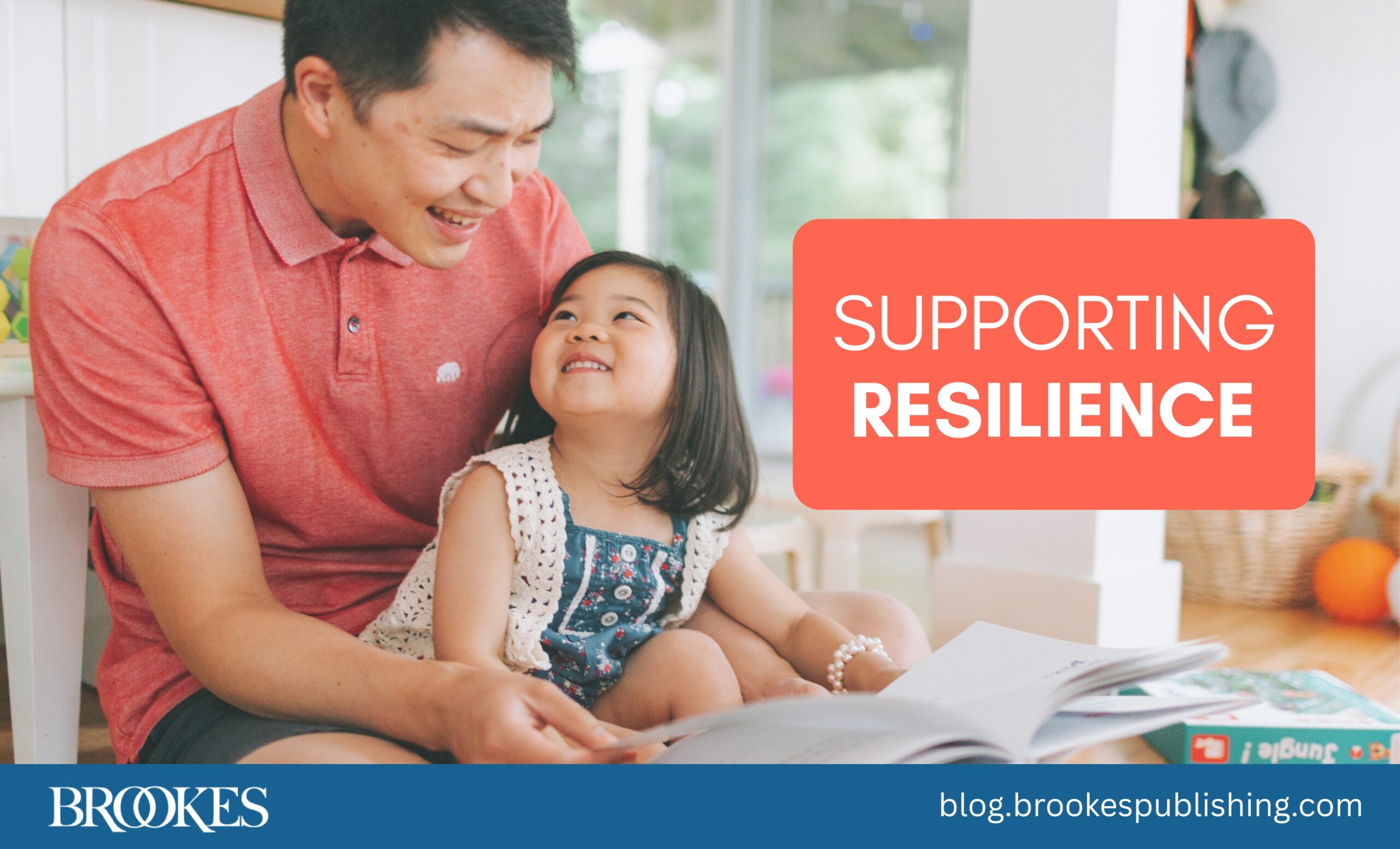3 Ways to Help Students Practice Gratitude
November 3, 2025
 While stress, anxiety, and uncertainty can sometimes make it hard to focus on what we’re thankful for, teaching students ways to actively practice gratitude is one small way to build character and contribute to building a kinder world. As Thanksgiving approaches, here are 3 ways to teach students how to express thankfulness, adapted from The Social‑Emotional Learning Toolbox.
While stress, anxiety, and uncertainty can sometimes make it hard to focus on what we’re thankful for, teaching students ways to actively practice gratitude is one small way to build character and contribute to building a kinder world. As Thanksgiving approaches, here are 3 ways to teach students how to express thankfulness, adapted from The Social‑Emotional Learning Toolbox.
Take the 2-Week Thankful Challenge
For this special thankfulness campaign, each student has their own poster, and every day for 2 weeks, they write down something they are thankful for. Students can also paste an image that represents something they’re thankful for, gradually creating a collage of images. At the end of this Thankful Challenge, display the posters in your classroom or the school hallway. You can even challenge another classroom to complete the Thankful Challenge, too!
Play the Gratitude Game
You can use various colored pipe cleaners, toothpicks, different colored pencils, straws, or pick-up sticks for this fun game. Display a color-coded chart using colored dots for various actions. Some sample prompts could include the following:
- Red—Name a person you are thankful for
- Orange—Name a special place you are thankful for
- Green—Name a food you are thankful for
- Blue—Name a thing you are thankful for
- Purple—Name anything of your choice you are thankful for
Students randomly select a colored stick and share their response to the color-coded prompt. This can easily be integrated into a morning meeting or closing community circle time in class. Meeting in small-group contexts enhances students’ overall learning experiences in several ways. Students develop skills in communication, interpersonal relations, critical thinking, problem solving, empathy, and collaboration. These meetings can take place at that start of the day (morning meeting) and/or a closing community circle. These special meetings also provide students with time to practice reflecting on what they know and what’s meaningful to them about their schoolwork, their classmates, and themselves and receive feedback from other students and the teacher.
Teach the Art of the Thank You Note
Instruct your students the art of writing a simple thank you note. Ask them to think of a family member they can thank for a recent act of kindness. Have them reflect on the way their life is a little better because of this person’s kindness or gift. Then review what to include in a thank you note:
- A greeting
- Description of what you are thankful for
- Explanation of why you like what you received or what the person did for you
- Sign off
- Signature
(For a “Recipe for a Thank-You Note” template to share with students, see the Resources section of The Social‑Emotional Learning Toolbox.)
Try these activities to help your students practice gratitude, and get the book behind this post for many more ideas for promoting social skills all year round!
 The Social‑Emotional Learning Toolbox
The Social‑Emotional Learning Toolbox
Practical Strategies to Support All Students
By Kathy Perez, Ed.D.
“An essential book for educators who care as much about their students’ emotional wellbeing as their academic learning.”—Kathleen Kryza, international educator, consultant, and author



Write a Comment
Your email address will not be published. Required fields are marked *
Post a Comment